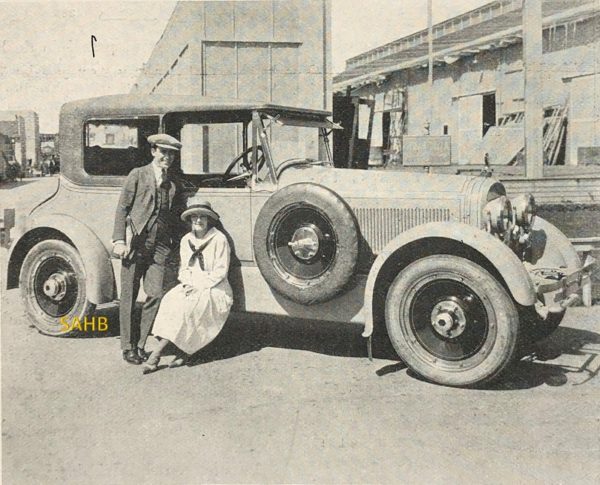
This is one of those rare instances where the gentleman in the picture is much more famous than the motor car: we had certainly never heard of a Leach before.
The Leach-Biltwell car was a luxury car designed and manufactured in the early 1920s. Based in Los Angeles, it found favour with Hollywood celebrities – so, if you don’t cheat by looking too soon at the end of this article, you might have fun working out the identity of the man leaning happily against his car.
At its 1920 launch in Chicago, this new make was advertised as “The Leach “Power-Plus” Six – The Sensation from California at the Chicago Show”. It was powered by a Continental 303.1 cubic inch (4,967cc) inline six-cylinder engine.
The car’s gestation has an interesting history. M. A. Leach was born in California and worked in his father’s sawmill. After a number of sales jobs with lumber companies in the US and Mexico he landed the position of southwestern US sales manager of the Dort Motor Co. of Flint, Michigan. His first solo venture started in 1916 as the Leach Motor Car Co. in Los Angeles, selling Dort, King, Liberty and Premier cars, financed by the Oklahoma millionaire Dr L Sherman Skelton. Skelton also financed the successful Bentel body works – and here Leach saw an opportunity to go completely independent. He set up his own Leach-Biltwell company in 1918, initially to make car bodies, install all-weather tops, and paint and refinish them. This was where Leach built his reputation among wealthy film stars and motion picture executives. He soon had a full-time staff of fifteen.
Many of Leach’s customers asked him to customise their vehicles with new wings, wheels and radiator shells to make them look more upmarket – so Leach decided to build a car with these custom features as standard equipment. And thus in 1919, with backing from a group of local investors, was born the Leach car.
Leach did advertise, but he also managed to convince the local weekly car magazine Motor West to run many stories. In December 1919, for example, the magazine carried a letter from Leach’s East Coast buying agent, reporting the scepticism of trade experts in Detroit that the West Coast could even produce a car – until the parts quantities ordered started to climb and these same experts couldn’t wait to get a look at it.
The publicity that Leach paid for in a February 1920 issue of Motor West mentioned some unique features of the car: a collapsible steering wheel that could be tilted up and down and removed to improve theft protection; a flashing direction semaphore; a “trouble lamp with 17 feet of cord” (what a wonderful name!); and, as can be seen in our picture, a “California top” that was quite often seen on American open touring cars in the 1920s. Here was a hardtop, thirty years before this became a popular body style in the USA and in Europe.
Only around 250 cars were made by the company, in chassis form or with factory bodies, before the high price of the car made life very difficult and the company closed in 1924.
And the famous person? Harold Lloyd. When you’ve been hanging off clock faces at the studio all day, you need a comfortable car to drive home in.



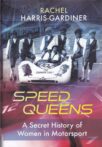
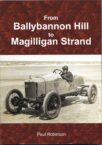
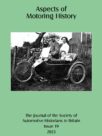
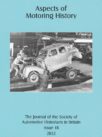
Leave a Comment